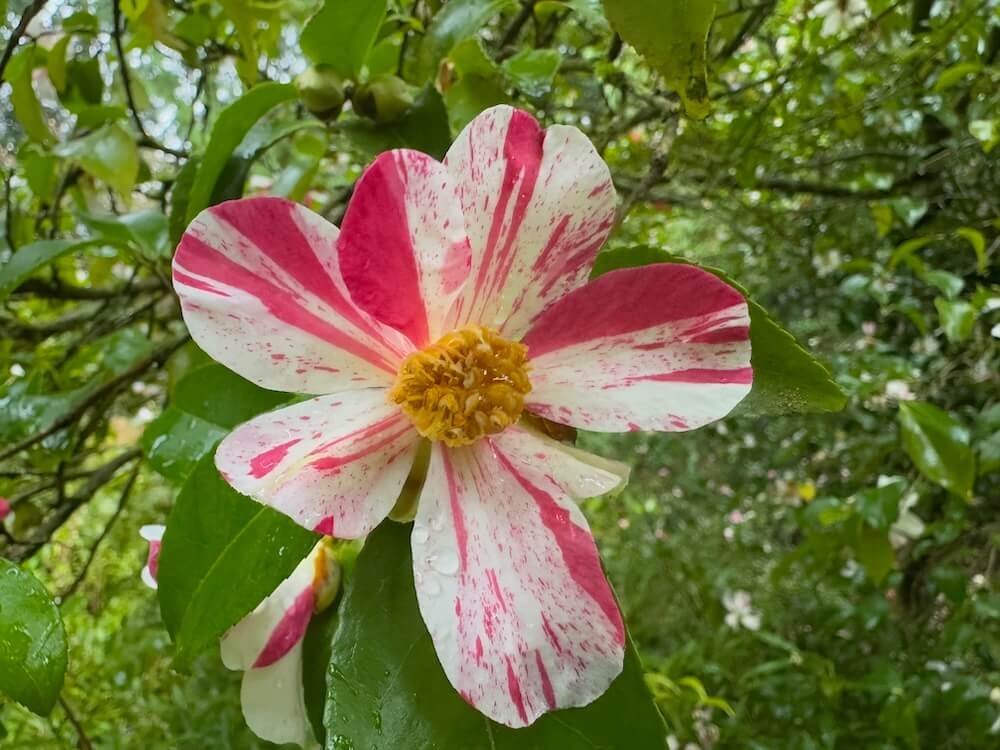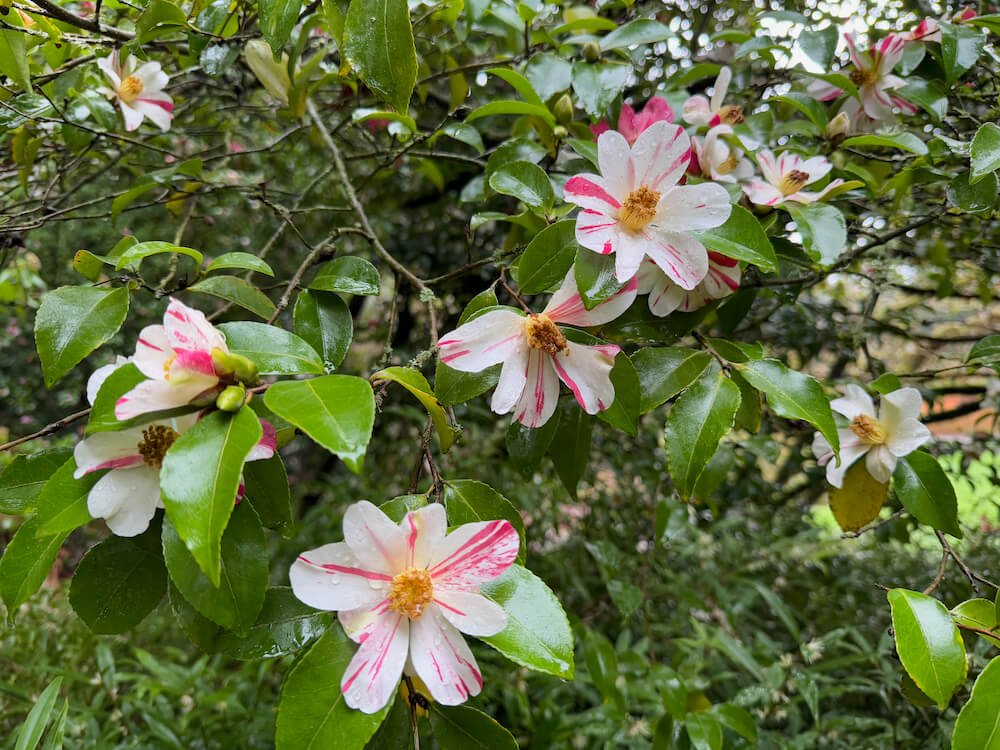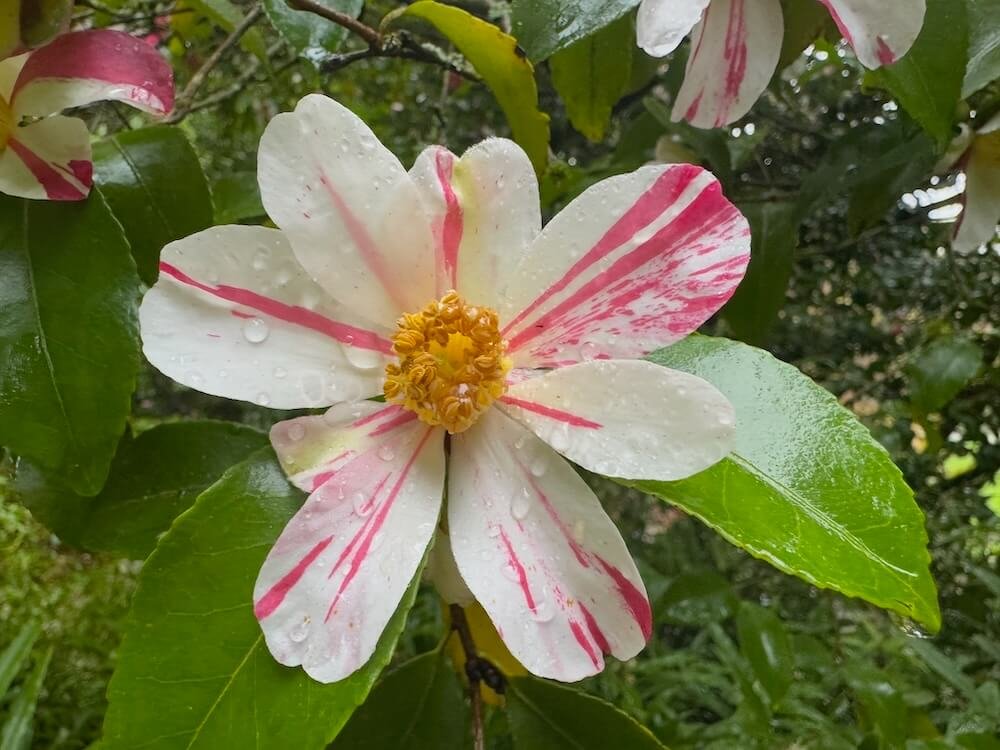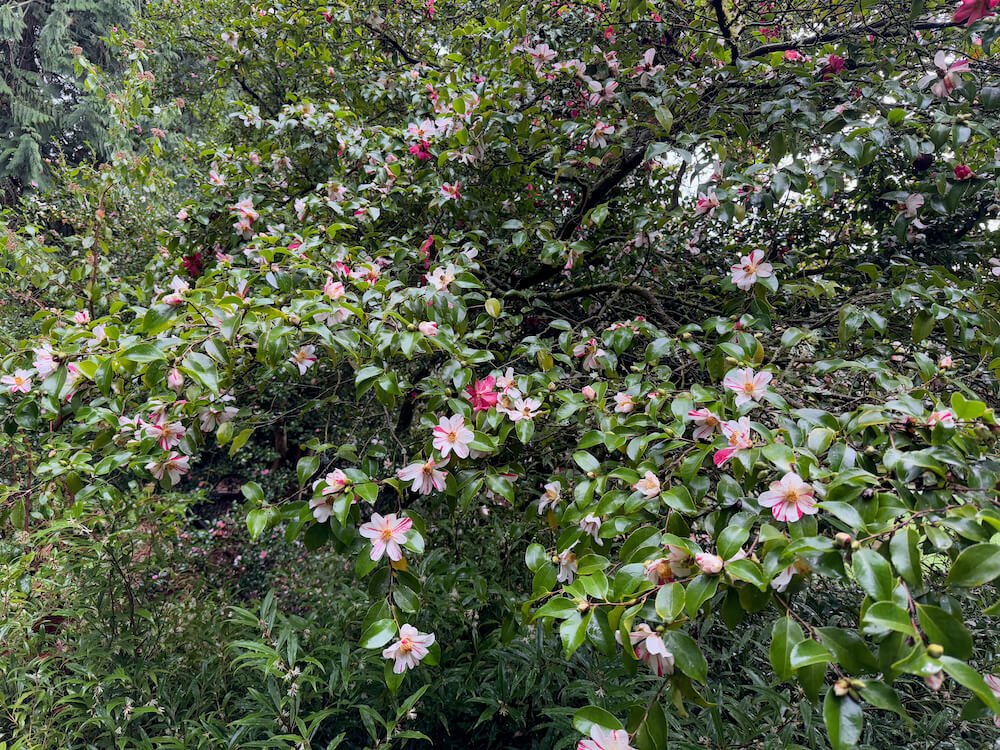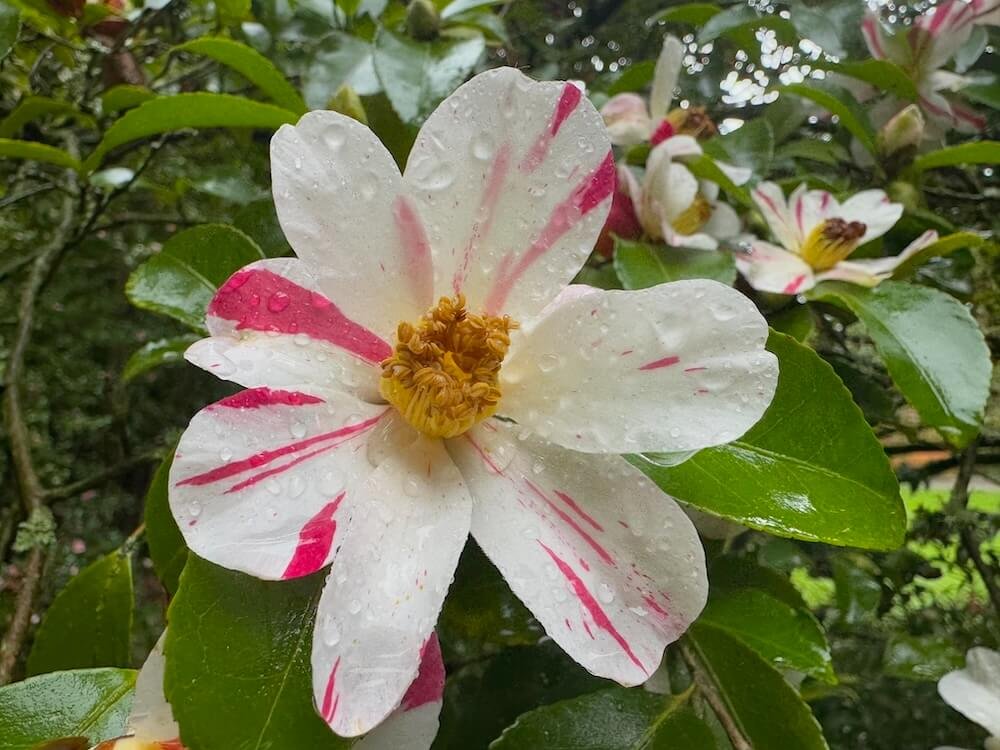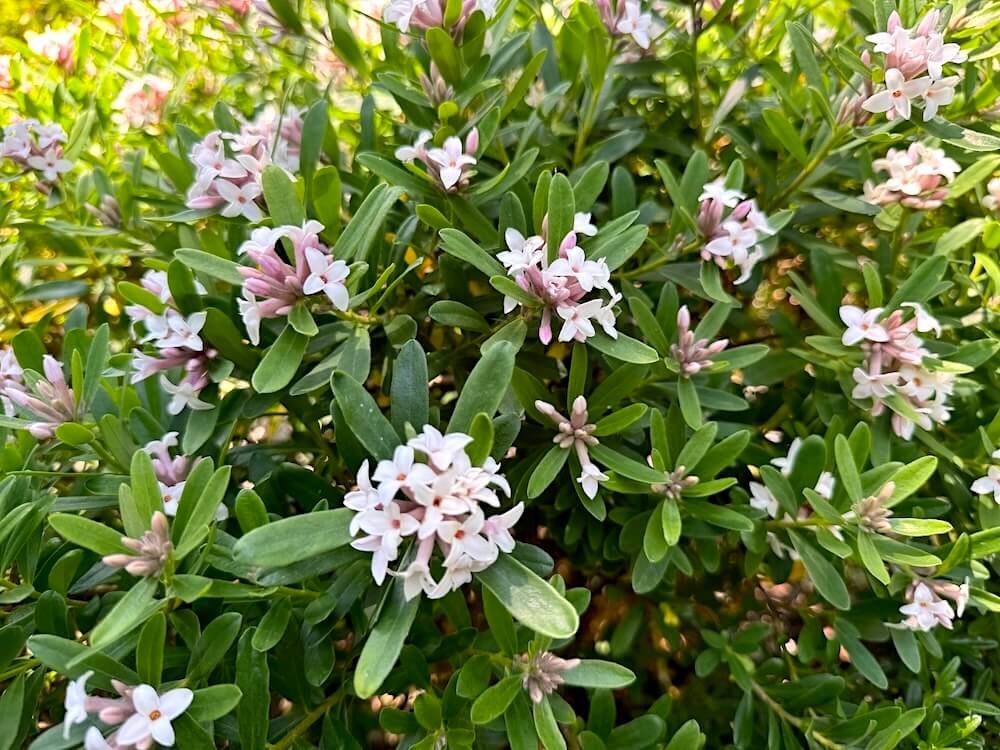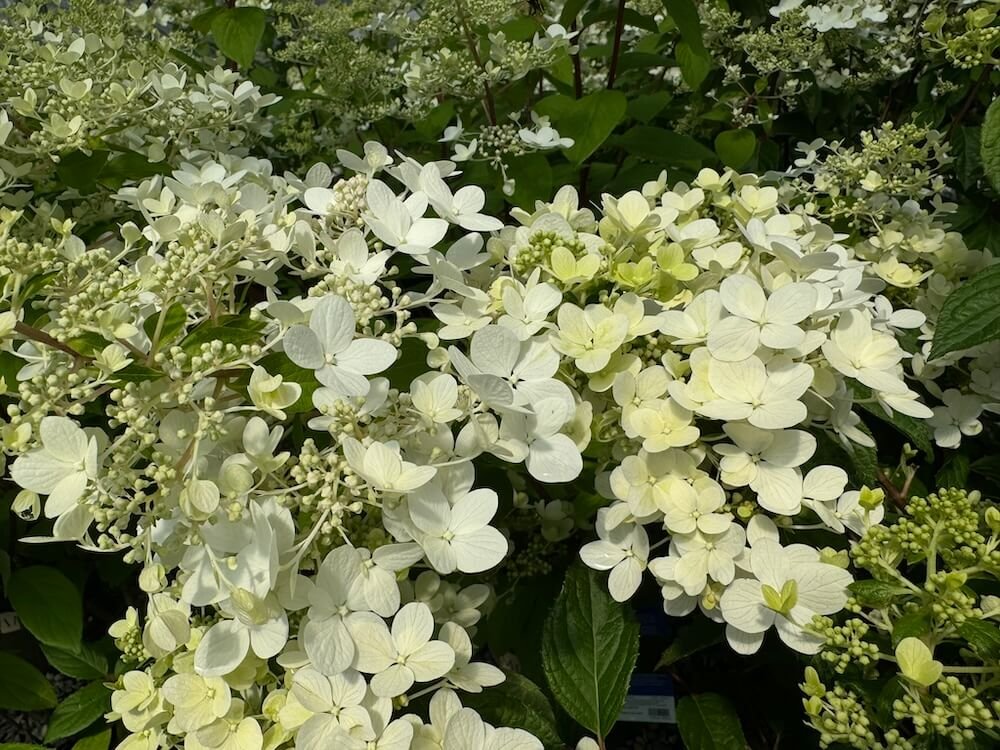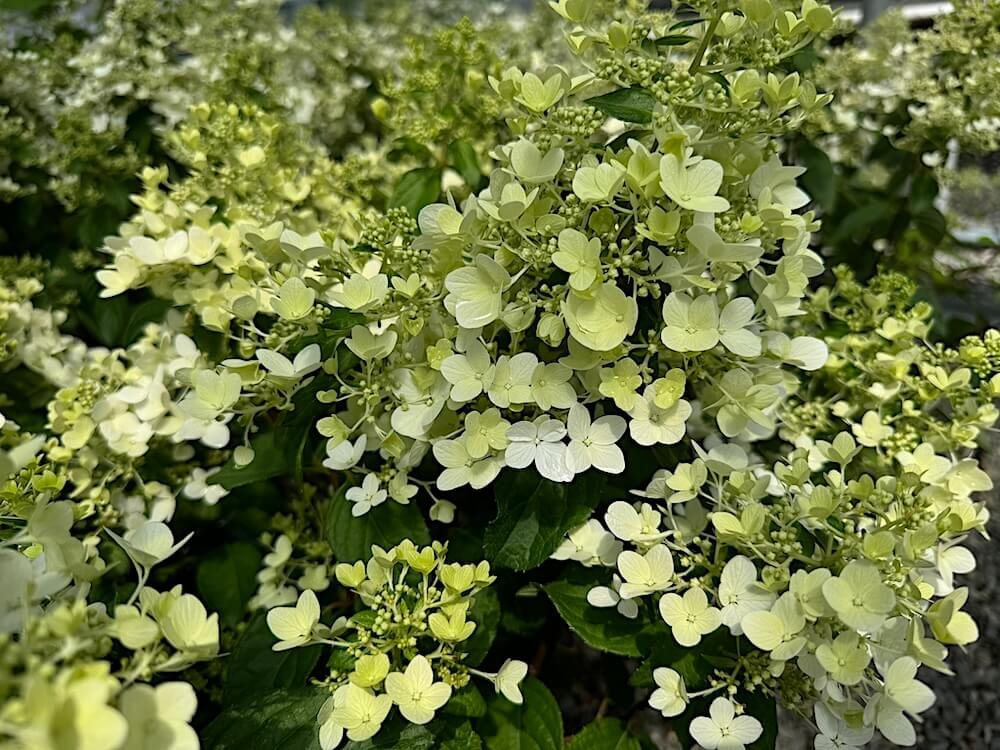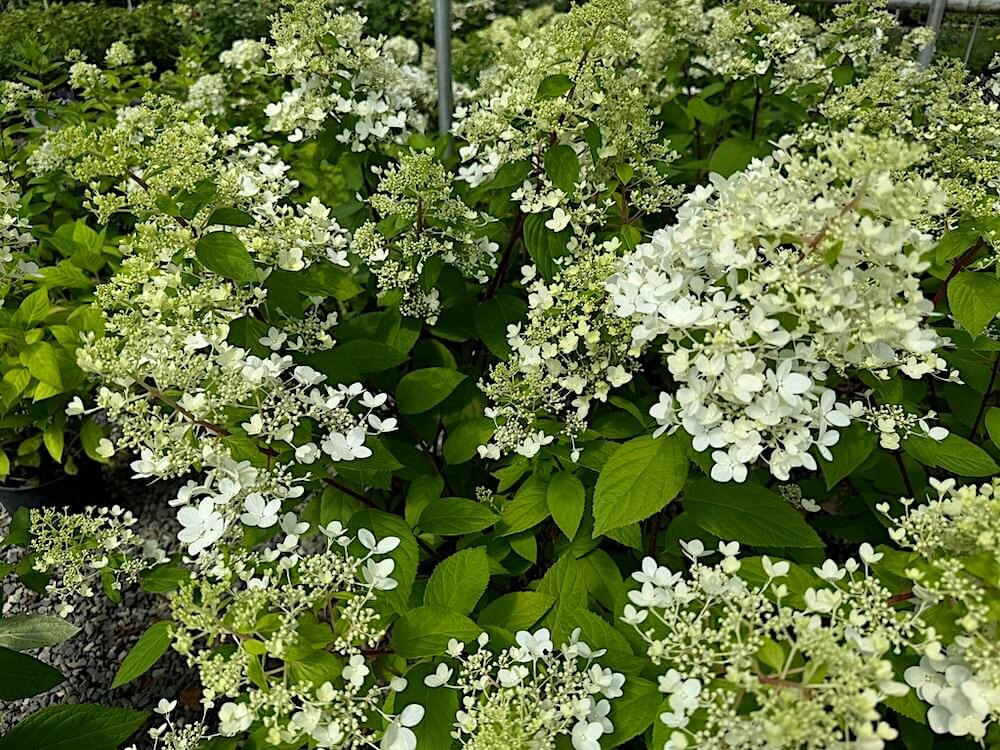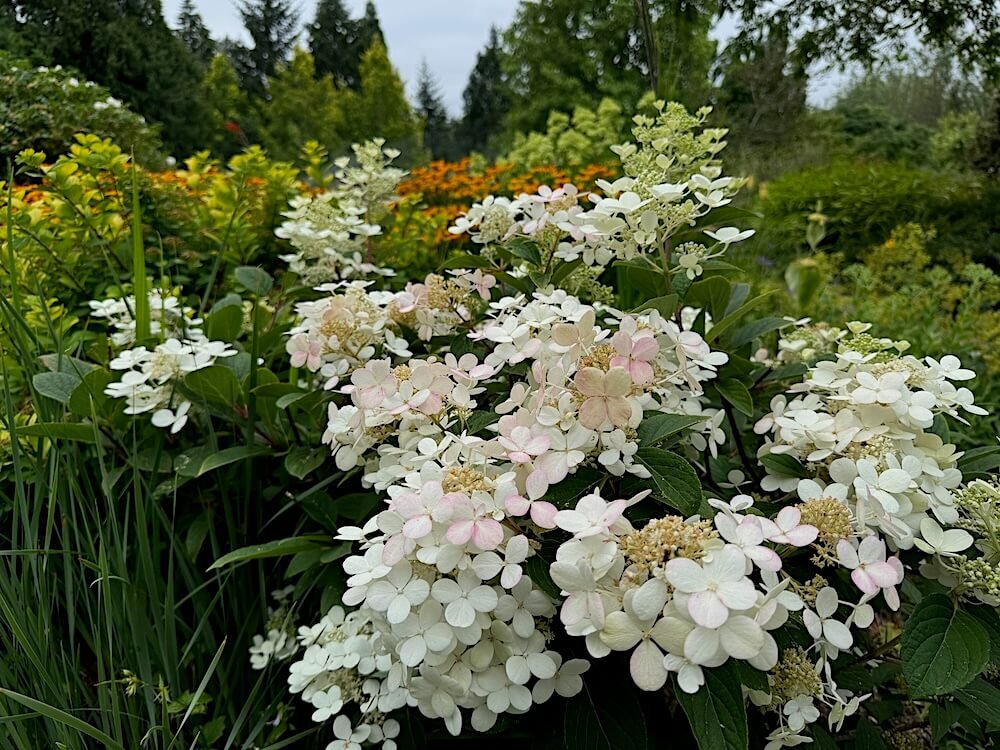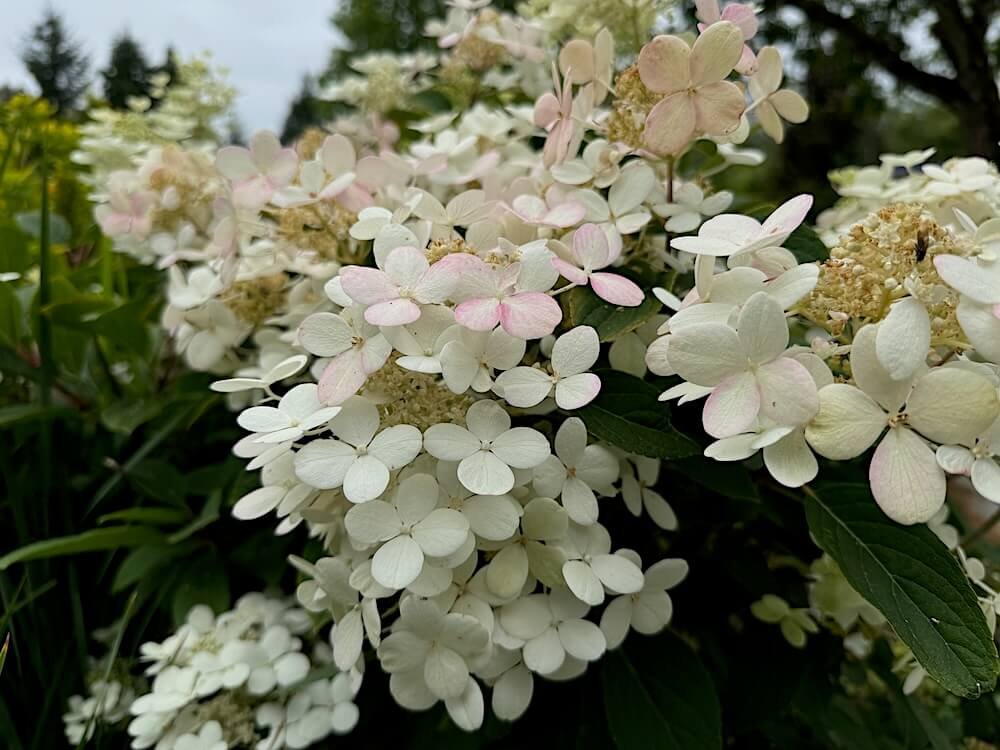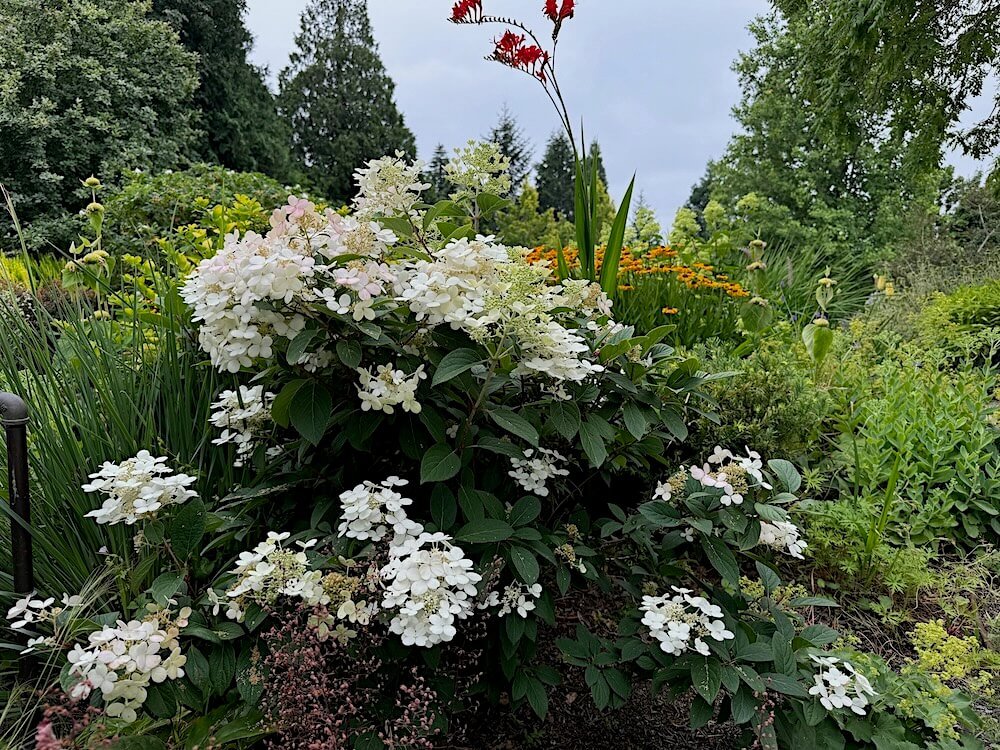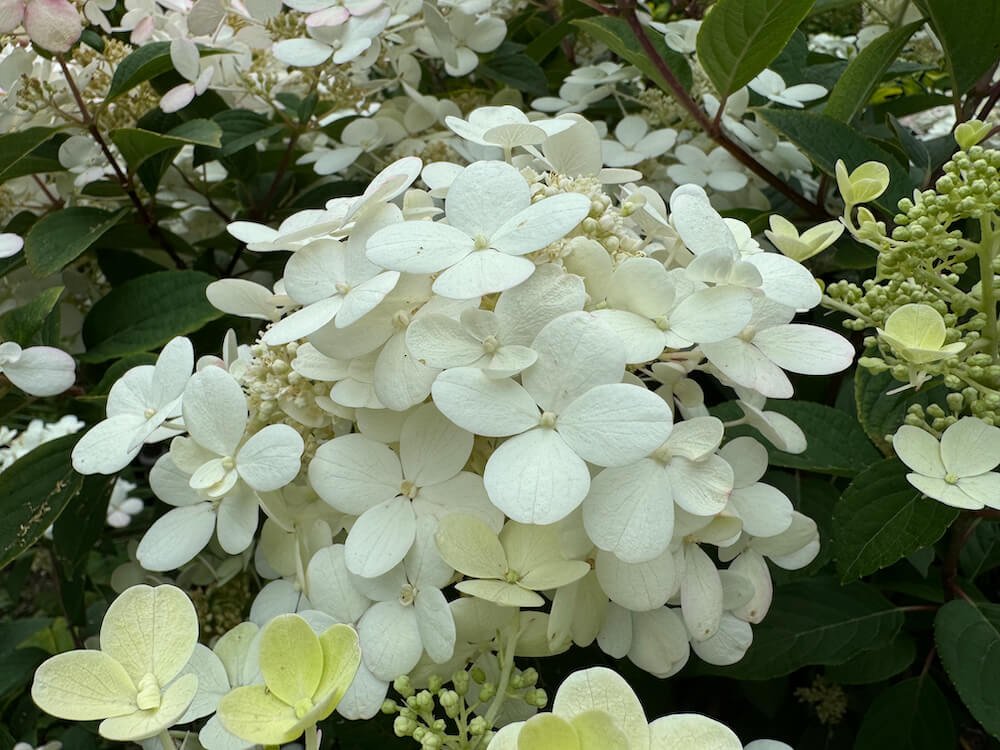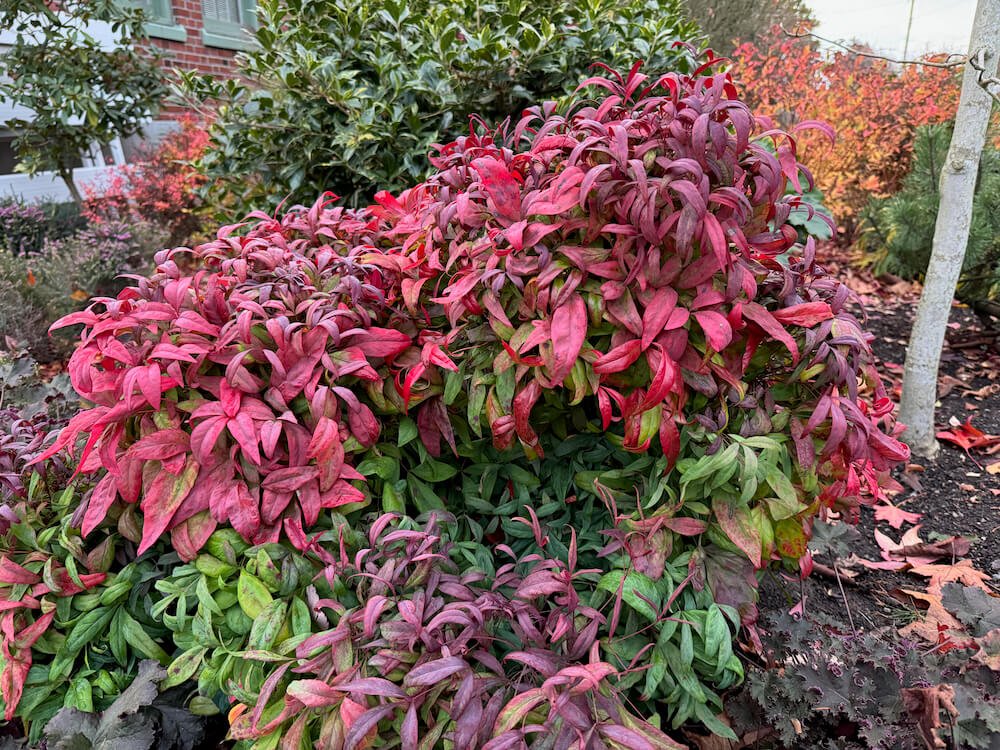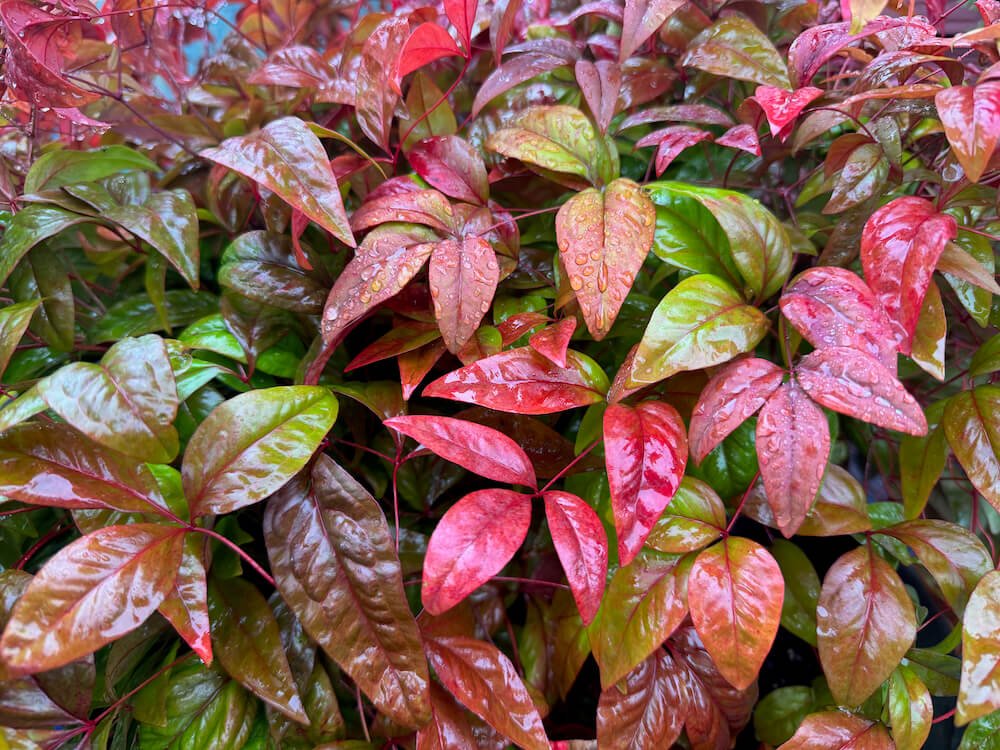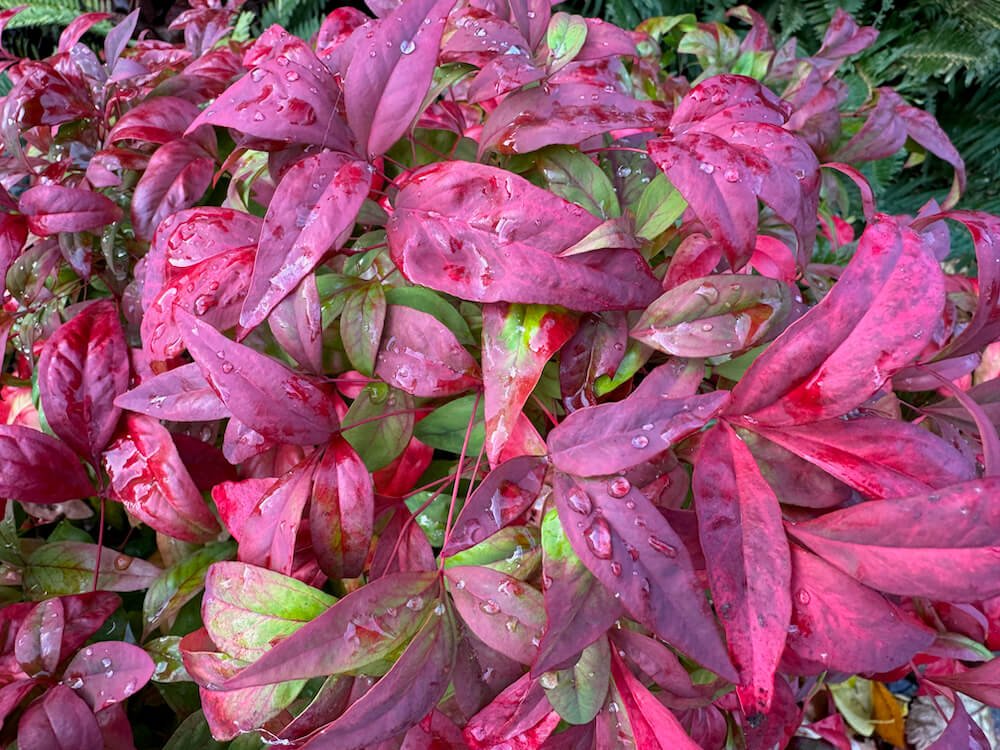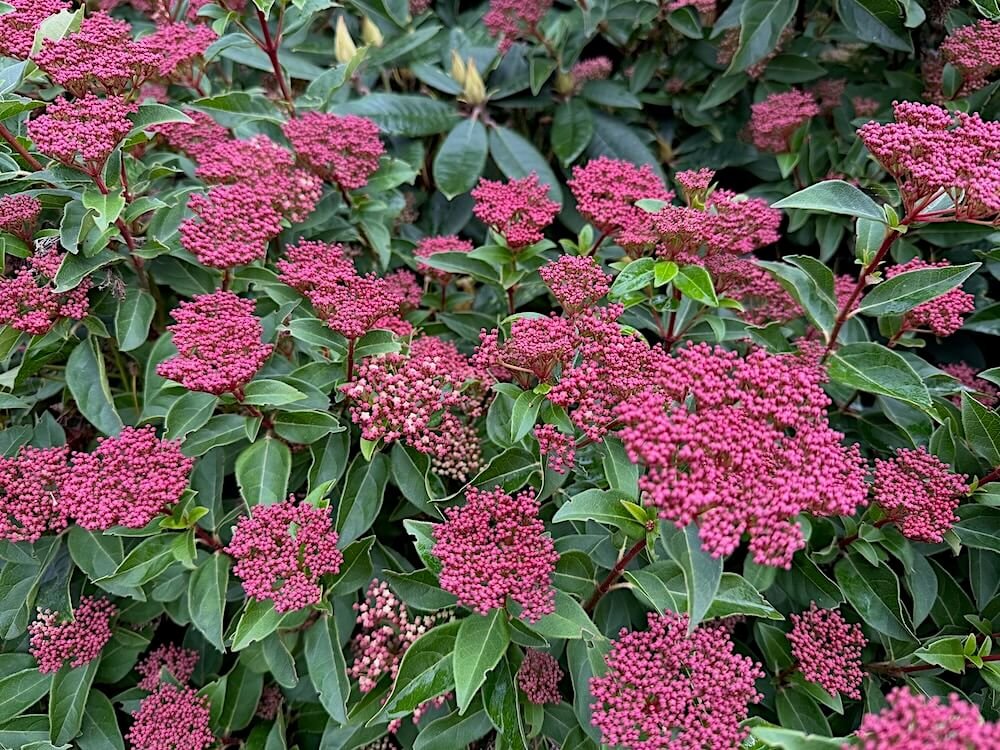 Image 1 of 6
Image 1 of 6

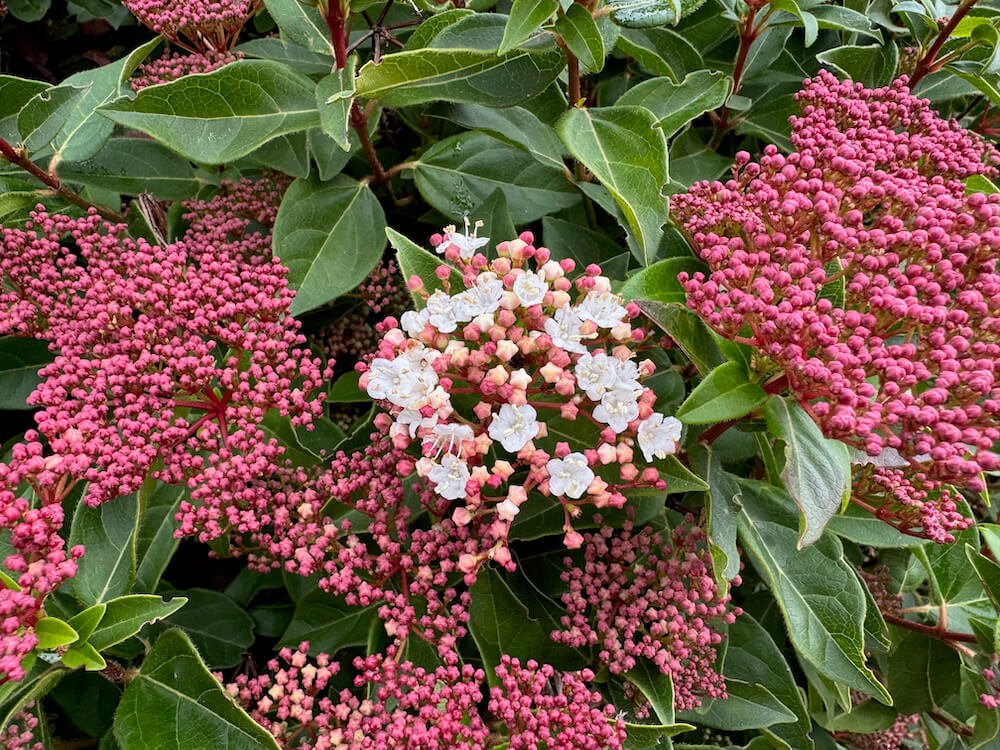 Image 2 of 6
Image 2 of 6

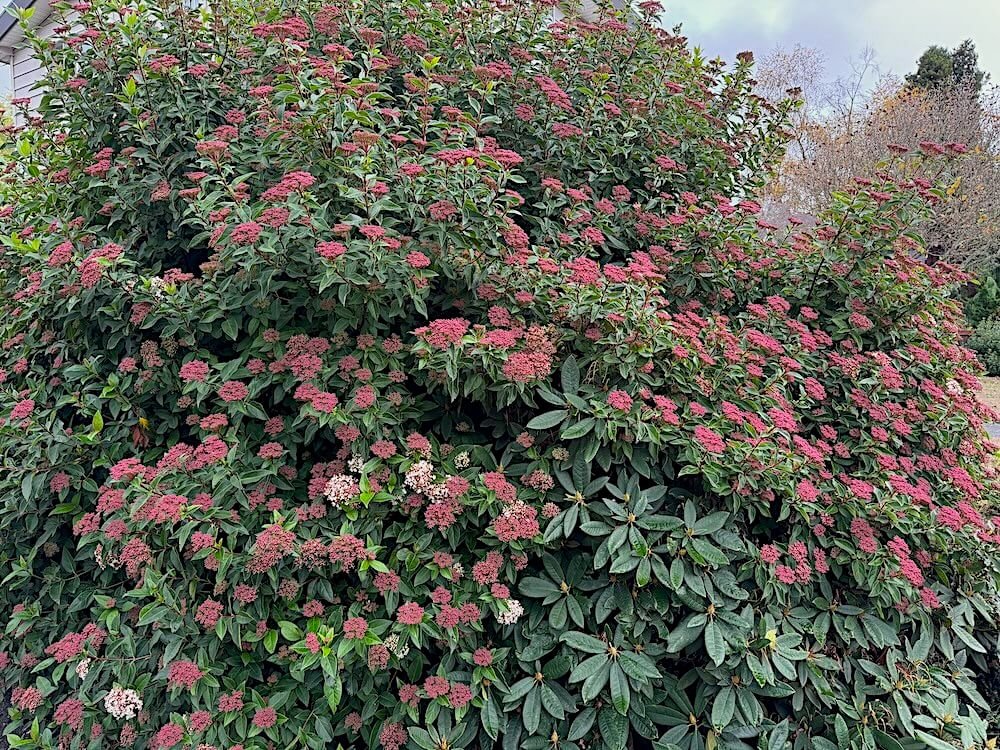 Image 3 of 6
Image 3 of 6

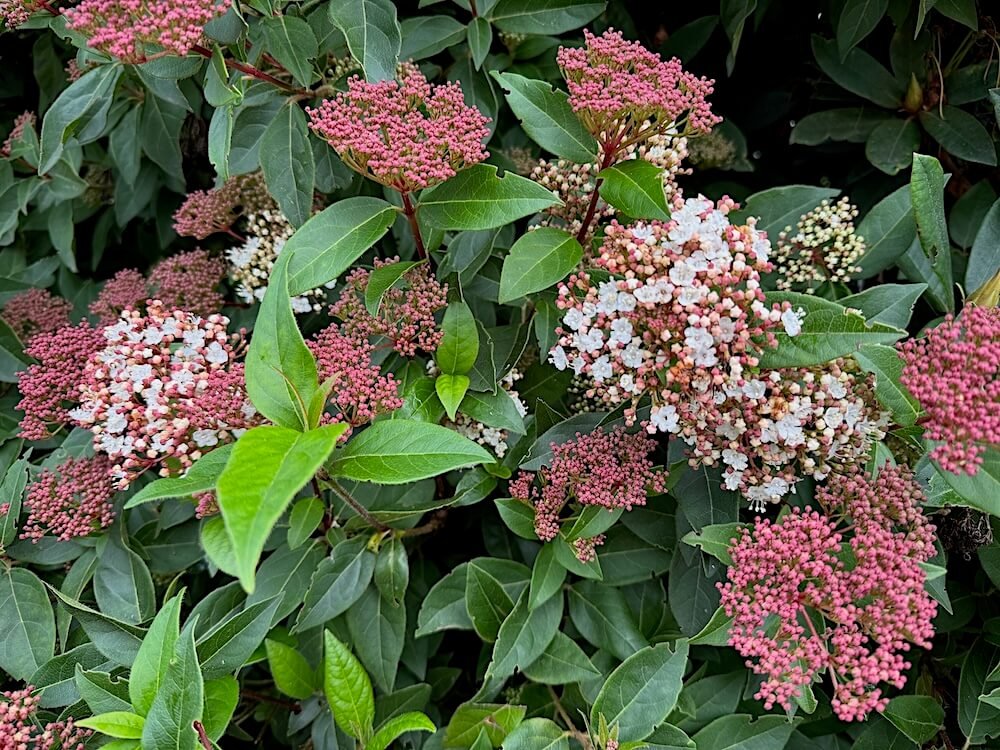 Image 4 of 6
Image 4 of 6

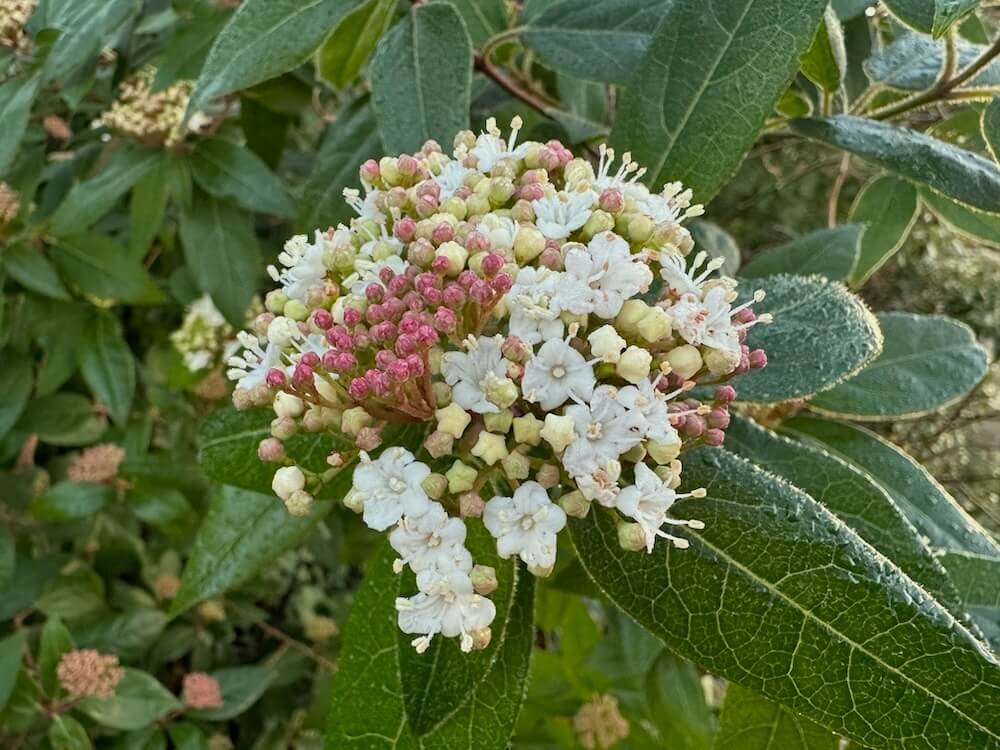 Image 5 of 6
Image 5 of 6

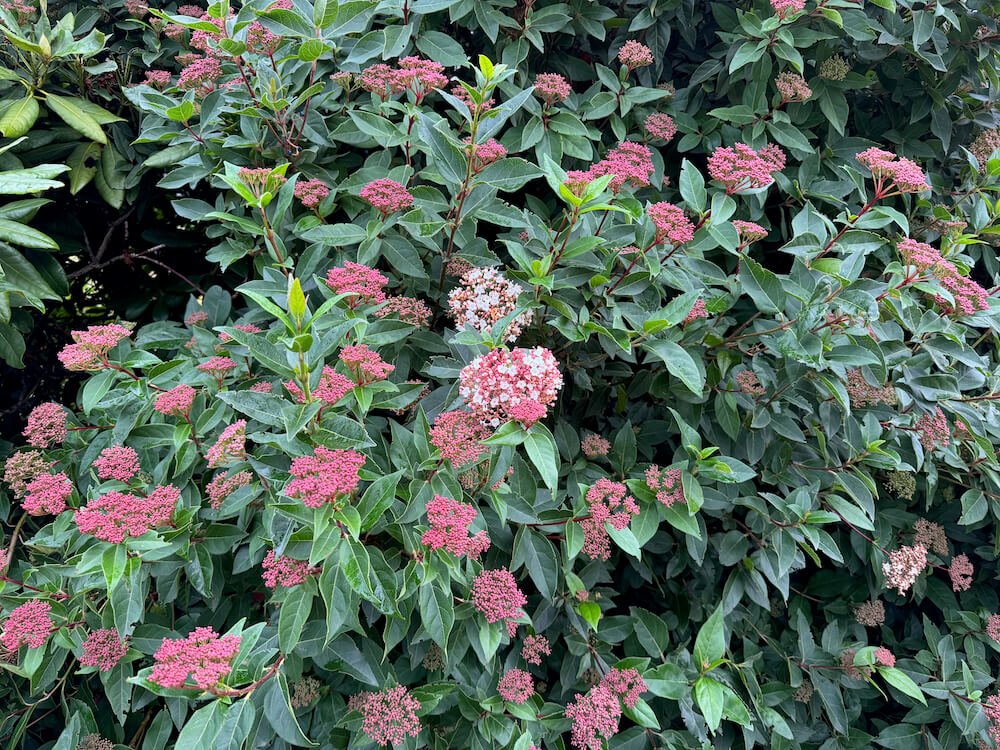 Image 6 of 6
Image 6 of 6







Viburnum tinus | Laurustinus
DESCRIPTION
Viburnum tinus is an evergreen shrub celebrated for its year-round appeal and adaptability. It produces dense clusters of tiny, star-shaped flowers that are pink in bud and open to delicate white blooms, usually from late autumn through early spring. This extended blooming period makes it a valuable plant for adding color to the garden during the cooler months. The flowers are lightly scented, adding a subtle fragrance to the winter garden.
Following the flowering period, Viburnum tinus develops metallic blue-black berries, which persist well into the warmer months and provide a food source for wildlife. Originating from the Mediterranean region, this versatile plant thrives in a variety of settings and has been cultivated for its ornamental qualities and reliable performance in gardens around the world.
DESCRIPTION
Viburnum tinus is an evergreen shrub celebrated for its year-round appeal and adaptability. It produces dense clusters of tiny, star-shaped flowers that are pink in bud and open to delicate white blooms, usually from late autumn through early spring. This extended blooming period makes it a valuable plant for adding color to the garden during the cooler months. The flowers are lightly scented, adding a subtle fragrance to the winter garden.
Following the flowering period, Viburnum tinus develops metallic blue-black berries, which persist well into the warmer months and provide a food source for wildlife. Originating from the Mediterranean region, this versatile plant thrives in a variety of settings and has been cultivated for its ornamental qualities and reliable performance in gardens around the world.
DESCRIPTION
Viburnum tinus is an evergreen shrub celebrated for its year-round appeal and adaptability. It produces dense clusters of tiny, star-shaped flowers that are pink in bud and open to delicate white blooms, usually from late autumn through early spring. This extended blooming period makes it a valuable plant for adding color to the garden during the cooler months. The flowers are lightly scented, adding a subtle fragrance to the winter garden.
Following the flowering period, Viburnum tinus develops metallic blue-black berries, which persist well into the warmer months and provide a food source for wildlife. Originating from the Mediterranean region, this versatile plant thrives in a variety of settings and has been cultivated for its ornamental qualities and reliable performance in gardens around the world.
-
Family: Adoxaceae
Height: 6 to 12 feet
Width: 6 to 10 feet
Foliage color: Glossy dark green
Flower color: Pink buds opening to white flowers
Bloom time: Late autumn to early spring
Light requirements: Full sun to partial shade
Water requirements: Average
Maintenance: Low; prune lightly in early summer to maintain shape
Growing zone: USDA zones 7 to 9
Wildlife attractors: Attracts bees and butterflies; berries may appeal to birds

